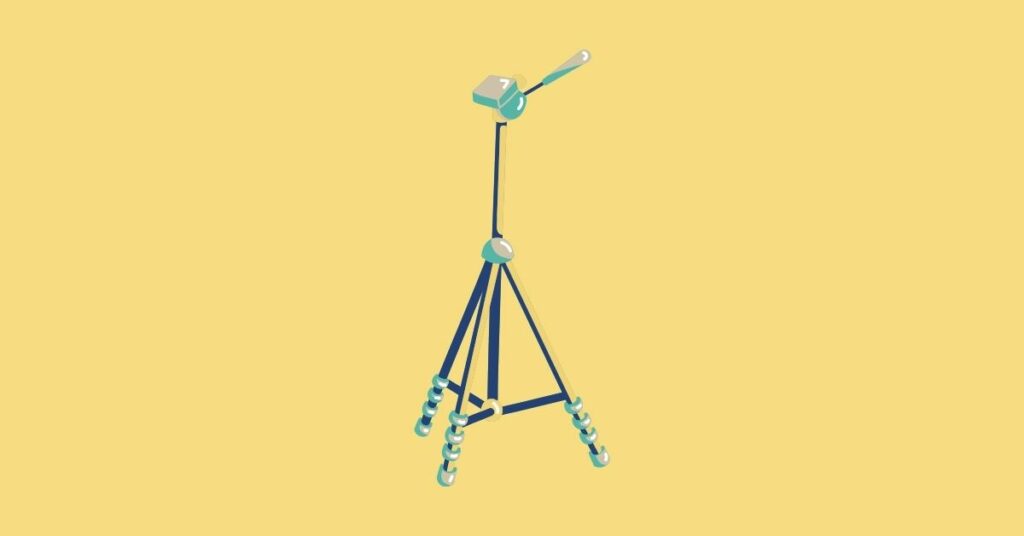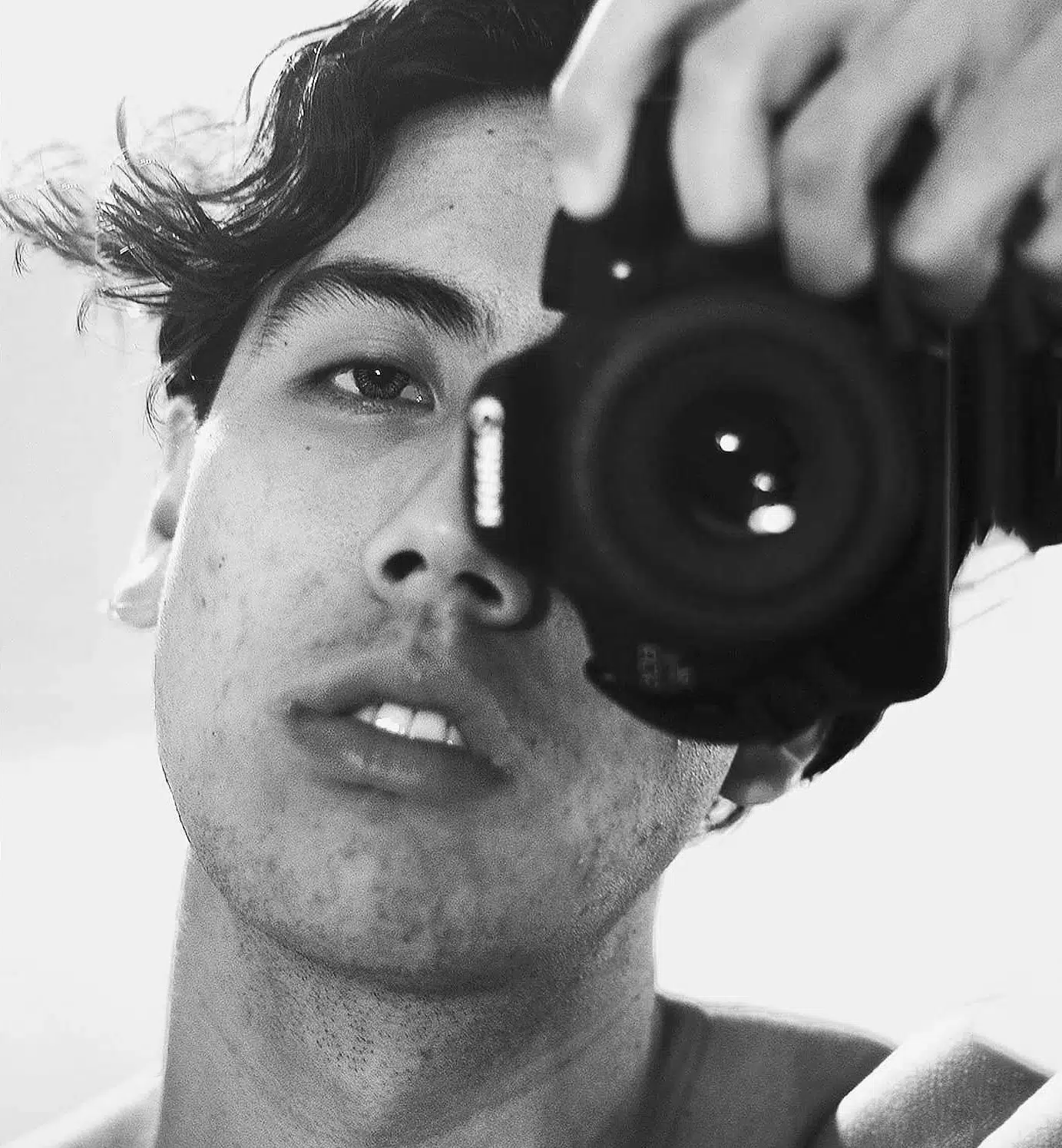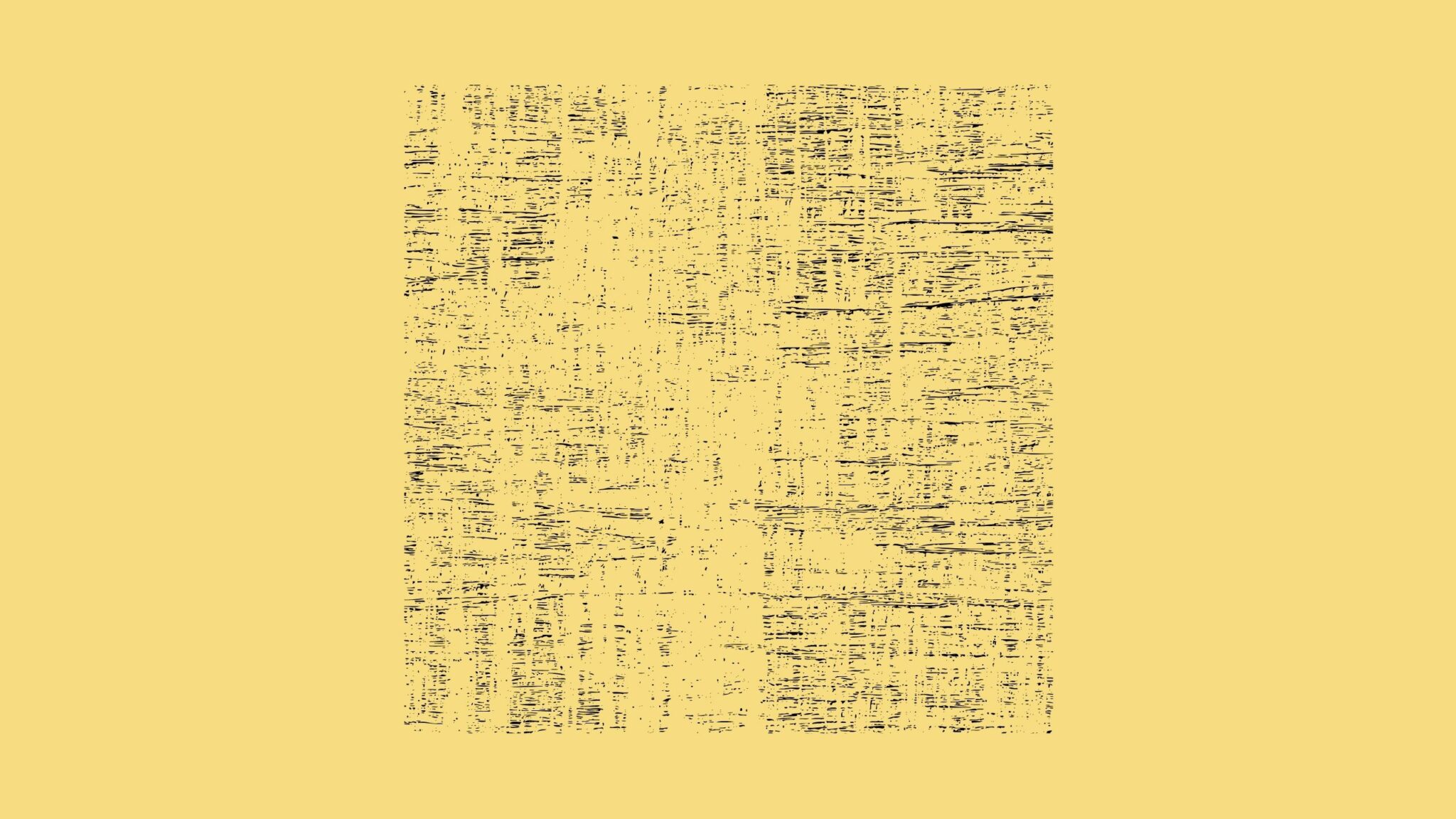Have you ever noticed how certain photographs appear to have a tangible quality that draws you in and makes you want to touch the image?
This quality is known as texture, and it is an essential element of photography that can add depth, dimension, and interest to your images. Understanding how to incorporate texture into your photos can take your photography skills to the next level and create visually compelling images.
Whether you are a professional or an amateur photographer, mastering texture in photography can help you capture images that are both beautiful and engaging.
This is a guide covering texture in photography. Texture can add depth to your photo but if it is too much, it can also ruin your image.
Let’s dive in!
Table of Contents
What is Texture in Photography?
The texture is simply defined as the way we capture the depth of a surface. It could be smooth or hard, depending on what you need the picture to project.
If you’re shooting a photo to emphasize small details within an object that make it unique, for example, the interesting bumps and textures on human skin, you might want to use a hyper-detailed and harsher picture to depict the details we often don’t notice.
On the other hand, if you want to highlight a model’s glowing, flawless skin, then a softer texture is definitely for you.
5 Tips to Capture Texture in Photography
We’ve talked a lot about the technicalities, but if you want to go out right now and try texture photography, here are some practical tips.
1. Getting the Lighting Right
There are several points to consider with lighting. If you shoot in a place with insufficient lighting, your camera must overcompensate by increasing its ISO.
This isn’t ideal, as you’d end up with noisy images. Experimenting with an external light for an indoor shoot may improve the quality of your pictures.
Shooting a reflective object is a little tricky, but the rule of thumb is to steer clear of direct sunlight.
Harsh, direct sunlight will capture undesirable reflections— you may attempt to imitate natural lighting by using an external light placed at an inclined angle.

You should be able to get away with using just one external light, but if you end up with harsh shadows, you might have to use extra lights to cancel out the shadows.
Take a moment to think about what you truly want out of this shoot. For example, shooting during the famous ‘golden hour’ will yield textures varying in beautiful colors.
There’s a reason why photographers everywhere celebrate this time of day! Harsh light can remove rust or brick texture but won’t work well with watery surfaces.
If you’re seeking to produce dull and flat textures, you can use direct flash— but these images tend to be unflattering as they wash out all shadows.
2. Get Sharper Images
If you’re shooting at a wide aperture, then the macro mode is not very ideal. If manual cameras aren’t your cup of tea, you may benefit from trying out the Aperture Priority Mode (the ‘A’ button on your camera).
Aim to shoot, at the very least, at f/8. This ensures all textures are in focus and have a deeper depth of field. This has an effect on other settings.
Let’s say you’re not getting enough light and your camera is at a lower aperture; the shutter speed of your camera may be altered to slow down and resulting in a blurry image.
Or the ISO may be increased, which may create noise in your pictures. Having a tripod or trying out different shutter speeds will be handy to counter this.

If you choose to use a tripod, try using a remote to trigger the shutter. Physically touching the camera may shake the images.
If you don’t think a remote is a worthwhile investment, you can play around with the camera’s timer.
3. Color Composition
Color is an important part of the composition of the photo.
The color characteristics of each object will determine the relationship between elements in a photo and ultimately affect the message conveyed.
Color to attract attention
The method for using color as an eye-catcher is generally very simple. What is required is the application of strong, saturated color to gain more attention from the viewer.
Colors for mood
Using color to portray a certain mood is usually as inconspicuous as applying color to attract attention.
For example, the typical color of the scene at sunset will give a feeling or mood that is soothing and peaceful. You can apply color to your photos to evoke a certain feeling in the viewer.
Black and White Gradient
Black and white photography, sometimes called grayscale, removes the color in the photo to leave black and white.
There is no specific color to shape the mood or to attract the viewer’s attention.
As a result, the success of a black-and-white photo’s composition depends entirely on the pattern in photography and the subject’s shape.
4. Rule of Odds
The composition of the Rule of Odds is rather interesting.
This theory says that a photo will look attractive if there is an object that is odd or becomes a “disturbance” in the photo.
With the odd annoying element, the photo viewer feels “unsure” which one should be the center of attention in the photo.
In this case, you can try to find inconsistencies within a pattern in photography and objects. This would work great if you observed natural patterns that usually have consistent forms.

5. Post-Production Techniques
Post-processing or post-production is also important to preserve, emphasize, or minimize the focus on patterns in photography.
When it comes to post-processing, doing as much or as little as you feel comfortable with is fine. If you’ve shot your images in RAW, they can look a little flat and boring, so you might want to think about boosting things like saturation, contrast, and sharpness.
Hopefully, having the right camera means your shots are good, and you can clean up any imperfections with spot removal or clone tools.
If you’re pretty confident in post-processing photos, then you might start mixing them up a bit by swapping colors, increasing reflections, or even combining multiple types of textures.
How much or how little you do depends on what you want to achieve in your end result.
Best Settings and Camera Tips to Photograph Textures
1. Settings
The first of answering “What is texture in photography?” involves camera settings.
In order to bring out a texture to its fullest, the optical quality of the lens cannot be overemphasized. This is the reason portrait photo enthusiasts are willing to spend thousands on buying expensive premium lenses.
Premium lenses generally excel in terms of image sharpness.
The most practical way to get the sharpest photo so that the object’s Texture comes out is to set the lens’s aperture to a critical point.
The lens always has the sharpest point at a certain aperture opening, usually in the f/5.6 – f/8 range. It is this feature that we must find out first every time we use a new lens.

To be able to show the impression of depth or dimension, the direction of arrival (fall) of light should also be paid attention to.
Light coming from a low angle (side) to the surface will make the texture pop. The resulting shadow shows the surface is uneven.
Positioning yourself by managing your distance and choosing the right type of light is also important. A surface with a horizontal position will show better texture when photographed with morning or evening light.
Meanwhile, a vertical surface will show a better texture if taken when the sun is overhead. Again, a successful texture shot should give the viewer a “feel” of the surface.
2. Gadgets
When it comes to textures, the first thing to keep in mind is aiming for a close-up. If you are using a DSLR, the closest you can get is between the object and the focal plane of your camera.
You can check this minimum distance by referring to the number on your lens. What can you do to get the best close-up? Macro lenses are made precisely for this purpose.
Also called ‘flat field lenses,’ it ensures your images stay flat, unlike other ordinary lenses. It’s your best option for guaranteeing a sharp focus.

What’s the difference between macro lenses and zoom lenses? Unlike zoom lenses, macro lenses have a fixed focal length (they’re usually prime lenses). The Tamron 90mm f/2.8 is a great, affordable option for macro lenses if you want to explore your options without causing too much damage to your finances.
Having a prime lens also means producing sharper images at a faster rate, and they’re very much more durable compared to other lenses.
Let’s say you’re still exploring your options and unsure about getting a new gadget. You can experiment with the macro modes that exist in the camera you already own:
Just press the ‘flower’ button!
It allows you to get a good close-up. However, this mode can sometimes result in softer images as your camera must work at a lower aperture. With more experimenting, you can avoid this.
What are the Three Aspects that Aid Texture in Photography?
There are three aspects of composition that are very important in texture photography, namely contrast, curves, and patterns.
By paying attention to these three factors, you can definitely make your texture photo more vibrant. This is important in understanding texture photography and in executing it well.
1. Contrast
The styles for contrast can be divided into two main types:
- Tonal contrast
- Color Contrast
Both of these styles are highly effective for capturing textures in an image.
You can play around with textures in the picture to highlight the contrast— remember that contrasts can emphasize textures and make them stand out more.
You can make your job a whole lot easier by picking objects that already have natural contrasts, like the layers of a certain rock formation. Explore various environments, and you’ll find that these objects exist almost everywhere.
Alternatively, you can choose a background that naturally contrasts the object you’re trying to shoot. If you are able to pull this off, you can make sure your audience will pay attention to your object, as the textured areas will emphasize some neat details.
Contrasting backgrounds can also mean using colors or experimenting with tones— for example, using a clean, crisp white background to capture green grapes.
Other than using colors and picking objects with natural contrast, you can also use side lights to clarify your objects even better.

Textures can often pop up in curves as well. Curves are an amazing tool for experimenting with composition.
2. Curves
There are two main types of curves that are relevant for textures:
- Leading curves
- Non-leading curves
Leading Curves
Leading curves are useful for pointing the viewer’s eyes to the center point of your picture, thus highlighting your primary object.
Non-Leading Curves
Vice versa, non-leading curves sway the attention away from the center point, simply adding an emotional element or some informational components to the image’s textures.
An example is the patterns naturally found in a fern leaf.

Curves only work great if they are harmonious with the picture and are able to communicate their message. You can try exploring patterns as they are productive in making certain subjects stand out.
Be careful when picking patterns, though; simplistic patterns can translate as bland and boring. Bring in some creativity with your patterns!
3. Patterns
What’s the best way to pick texture patterns? Generally, you’d have two options:
- Multiple patterns
- Break patterns
Multiple Patterns
When you play with two or more patterns within a picture, that’s called multiple patterns (make sure they don’t clash, though— they ought to complement one another).
Think about a close-up image of a flower whereby the petals match the flower’s center.
Break Patterns
Breaking patterns are executed by inserting a subject into a pattern— say, an interesting stone in a field of dandelions.
How to Find Texture for Your Photography?
In understanding what texture photography is, it’s also important to understand the types of texture in photography:
1. By Origin
Natural Texture
As the name suggests, natural texture occurs naturally, without interference. It occurs in natural objects around us, from birds’ feathers to blades of grass.
Artificial Texture
Artificial Texture is the texture intentionally created or results from the invention of paper, plastic metal, and others to depict scenarios that are either in nature but not 100% real or other situations and scenarios that are fictional that you won’t find in real life.
Patterns on buildings, human paintings, or a line of cars are included here.

2. By Proximity
Primary Texture
Primary Texture is only contained in that specific object and can only be seen by being in close proximity. This includes human skin, object surfaces, patterns on bee hives, and similar things.
Secondary Texture
These are textures that are proportionally seen from a distance. Think of the patterns on mountains, buildings, cities, and landscapes.
You may decide not to start photographing textures until you really need them, but if you can, it’s often useful to shoot interesting textural shots while you’re out and about and build a small stock library.
In your journey towards understanding texture photography, you can also experiment with different equipment. Use a bigger lens to zoom in on clouds or a highly sensitive camera to obtain a detailed view of certain surfaces.
When Would it Be Important for a Photograph to Show Texture?
Textures are often a matter of aesthetics and not context, though for some ideas, they might work really well.
Aesthetic Photos
If you’re taking aesthetic photos, Texture can emphasize the beautiful or interesting things in each photo. This might be seen in nature or fashion photography.
Both types of photography can emphasize Texture to highlight the uniqueness of the subject. If you are dealing with close proximity and range, use the portrait setting and macro photography techniques to emphasize the details better.
Situational Photos
The situational photo. Remember that photo of an army lining up in perfect sync – so much so that they looked as if they were edited? These kinds of occurrences could also benefit from texture emphasis.
It helps to make images more impactful and allows you to tell a better story.
For this one, use more landscape-based techniques and approaches because you will mostly deal with secondary Texture that needs a more distanced view.
Final Remarks
With this content, you can continue experimenting and learning what texture is in photography. Photography, just like other arts, is about self-expression, so use it as your personal playground.
Patterns and types of textures come in many ways and from many sources. Sometimes it’s natural, and other times it’s man-made.
There are a lot of things that you can do to use types of textures to work for your photo, whether you’re a nature photographer or a fashion photographer. Good luck!
I am a participant in the Amazon Services LLC Associates Program, an affiliate advertising program designed to provide a means for us to earn fees by linking to Amazon.com and affiliated sites.
Frequently Asked Questions
How do you emphasize texture in photography?
You can use lighting to create shadows and highlights that enhance the texture and depth of the subject. You can also adjust the camera settings to capture fine details and use post-processing techniques to enhance the texture in the final image.
Is texture an element of photography?
Yes, texture is considered one of the seven elements of photography, along with line, shape, form, space, color, and value. Texture refers to the tactile quality or surface characteristics of an object or subject, and it can be used to create depth, interest, and visual impact in a photograph.
Should you have texture in every photo?
No, texture is not necessary in every photo. While texture can add interest and depth to a photograph, not every subject or scene will lend itself to showcasing texture. The use of texture in photography should be considered as a creative choice that enhances the overall composition and mood of the image.

Nate Torres, with over seven years of professional photography experience, founded Imaginated, an educational platform designed to teach photography enthusiasts. Nate Torres is also a professional portrait and headshot photographer in the Orange County and Los Angeles areas. He specializes in portraits of individuals, couples, groups and headshots. Nate Torres is also a photography writer and content creator and educates other photographers on exposure, photography composition, photography editing, photography gear, and photography business. You can find his content on his personal website, social media, and YouTube Channel, as well as on blogs such as Fstoppers, Photofocus, and SLR Lounge.

